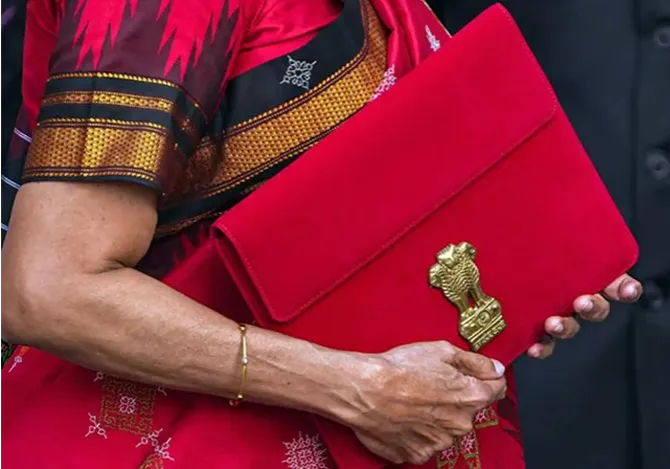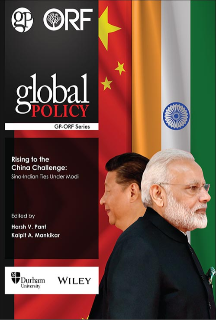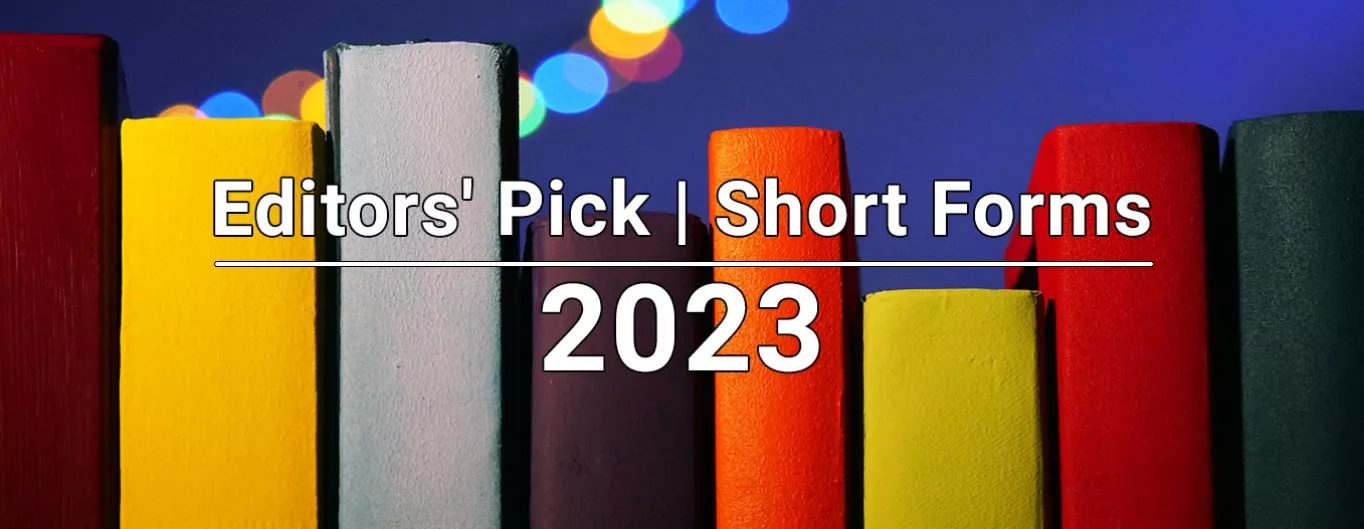
This piece is part of the essay series, Amrit Kaal 1.0: Budget 2023
While presenting the final budget before the 2024 elections, India’s Finance Minister, Nirmala Sitharaman, announced that the top-most priority of the Bhartiya Janata Party government is inclusive development, which is also the first “saptarishis” or the seven principles guiding her outlook. As a result, in her 90-minute speech, Sitharaman stressed on women empowerment several times, stating that the government recognises “the importance of Nari Shakti (women power) as the harbinger of our bright future and for women-led development during the Amrit Kaal (the 25-year-long lead-up to India@100).’’
Talking about the economic empowerment of women, Sitharam highlighted the success of the Deendayal Antyodaya Yojana National Rural Livelihood Mission that mobilised rural women into 81 lakh Self Help Groups (SHGs). And, in order to enable these groups to reach the next stage of empowerment, Sitharaman promised the formation of larger producer enterprises or collectives—with each having about several thousand members—and providing them help with the supply of raw materials, and better design, quality, branding, and marketing of their products.
Talking about the economic empowerment of women, Sitharam highlighted the success of the Deendayal Antyodaya Yojana National Rural Livelihood Mission that mobilised rural women into 81 lakh Self Help Groups (SHGs).
The budget provided financial assistance of more than INR 2.25 lakh crore to small farmers under the Pradhan Mantri Kisam Samman Nidhi, benefiting about three crore women farmers, who will now have access to INR 54,000 crore as a part of the scheme.
Besides, in a special gesture to women and commemorating Azadi Ka Amrit Mahotsav (to celebrate India’s 75 years of Independence), a new one time small savings scheme has been launched, which will be made available for a period of two years up to March 2025. The Mahila Samman Savings Certificate will, in fact, offer a deposit facility of two lakhs—made either in the name of a woman or girl—for a tenure of two years at a fixed rate of interest of 7.5 per cent with partial withdrawal option.
Even the budget allocation made to the Ministry of Women and Child Development (MoWCD), the nodal department of the government for the welfare of women and children, increased by INR 267 crore from INR 25,172.28 crore allotted in 2022-23 to INR 25,448.75 crore in 2023-204, thereby, marking a hike of 1.08 per cent. It is important to note here that the revised estimate for the ministry last year stood at INR 23,912 crore.
As per the current statistics, the Union government has, in fact, allocated INR 2,23,219.75 crore to the gender budget for schemes focused on mitigating the prevailing gender gap, which is more than 2 per cent of the revised estimate of INR 2.18 crore in 2022-2023 and 30 per cent more than the budget estimate of INR 1,71,006.47 crore in the last fiscal year.
The Mahila Samman Savings Certificate will, in fact, offer a deposit facility of two lakhs—made either in the name of a woman or girl—for a tenure of two years at a fixed rate of interest of 7.5 per cent with partial withdrawal option.
In India, the gender budget was first introduced in 2005-2006 in order to keep an account of resource allocation in a way that would help in the achievement of gender mainstreaming and to ensure that the benefits of development reach women as much as men. It has broadly been divided into two parts, where Part A comprises schemes that are entirely related to women, while Part B includes schemes in which at least 30 per cent of the provisions relate to the women.
While it is true that in the last 15 years, the gender budget has seen no significant increase, carrying an average of 4.9 per cent, the gender component in this year’s fiscal budget takes into account allocation across 30 union ministries and departments along with the five Union Territories and accounts for almost 5 per cent of the total government expenditure and 0.8 per cent of India’s GDP.
Part A of the gender budget, in fact, went up by a whopping 70 per cent, increasing from INR 26,772.89 crore during the last year to INR 88,044.21 crore this year. The lion’s share went to the rural housing scheme as specified under the Pradhan Mantri Awaas Yojana, which holds an allocation of INR 54,487 crore targeted towards enhancing women’s access to land and resources.
Meanwhile, allocations made towards the Safe City Project—which includes surveillance initiatives like installation of cameras and strengthening other public resources to prevent gender-based violence—rose eight times of the 2022-23 revised budget, increasing from INR 165 crore to INR 1300 crore. Similarly, the Samarthya umbrella scheme—introduced by the MoWCD in 2021—that comprises women empowerment programmes like the Pradhan Mantri Vandana Yojana and Swadhar Greh, was allocated 33 per cent higher funds than the revised estimates of the 2022-23 budget.
The Union government has also included the Mahatma Gandhi National Rural Employment Guarantee Scheme within the gender budget, which is worth INR 25,000 crore. Some of the other schemes under the gender budget are the Saksham Anganwadi and Poshan; the Flexible Pool for RCH and Health System Strengthening as well as the National Health Programmes and Nation Urban Health Missions; the Samagra Shiksha scheme; the Samarthya scheme for women empowerment; and the Swachh Bharat Mission—all of which together account for about INR 45,000 crore.
The Union government has also included the Mahatma Gandhi National Rural Employment Guarantee Scheme within the gender budget, which is worth INR 25,000 crore.
Budget allocation for autonomous bodies—that include the Central Adoption Resource Agency, the National Commission for Protection of Child Rights, and the National Commission for Women—have also witnessed an increase from INR 162 crore in the earlier budget to INR 168 crore in the current fiscal year.
Keeping the vote bank politics aside, these initiatives definitely suggest that India has recognised the centrality of gender equality and women’s empowerment in all aspects of its developmental agenda with a large share of the current government spending being targeted towards dealing with issues affecting women as compared to those outlined in the previous budgets. This is, therefore, a budget that is set to build a future-ready India, ready to compete among the biggest economies of the world, moving from the paradigm of women’s development to women-led development.
The views expressed above belong to the author(s). ORF research and analyses now available on Telegram! Click here to access our curated content — blogs, longforms and interviews.




 PREV
PREV



